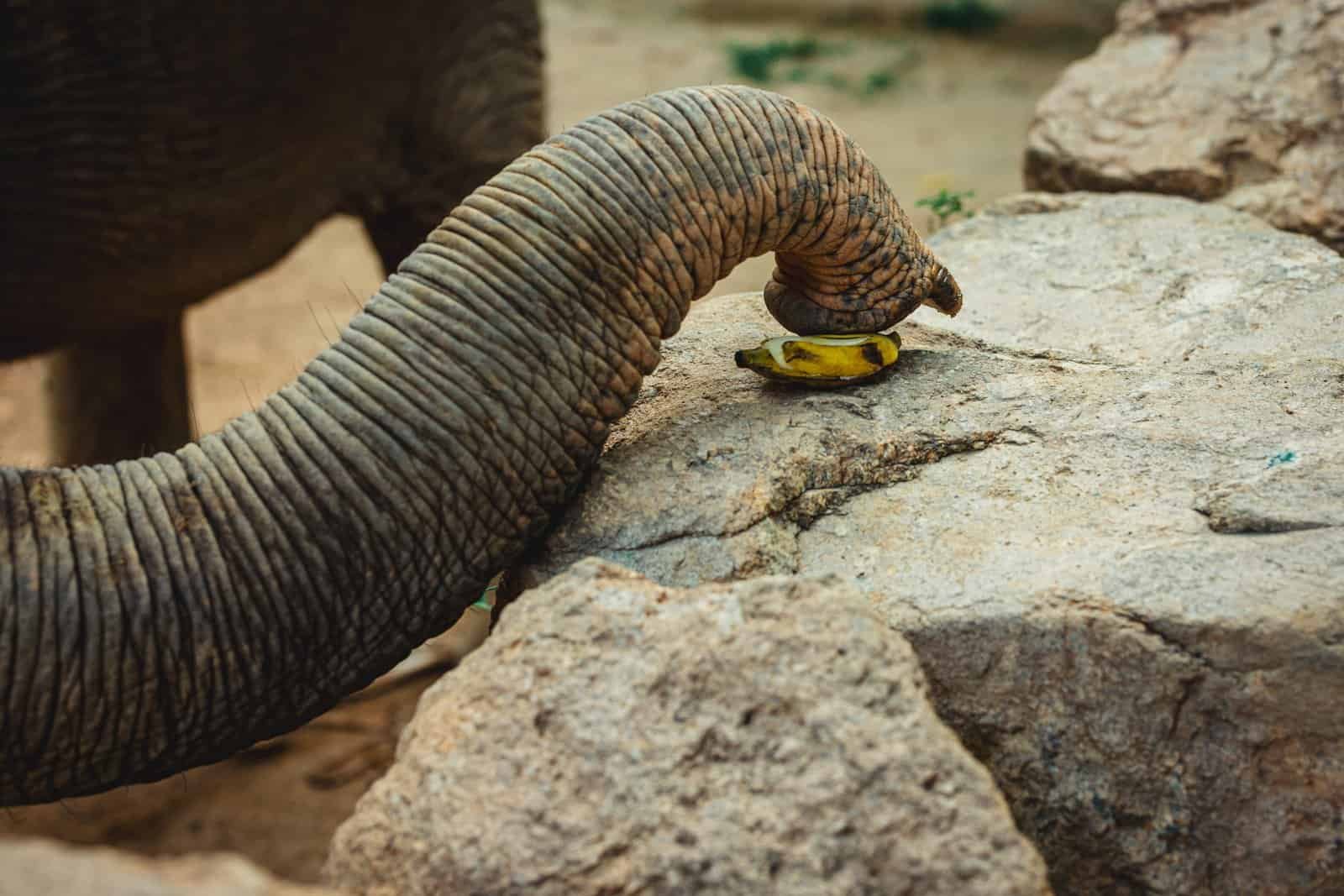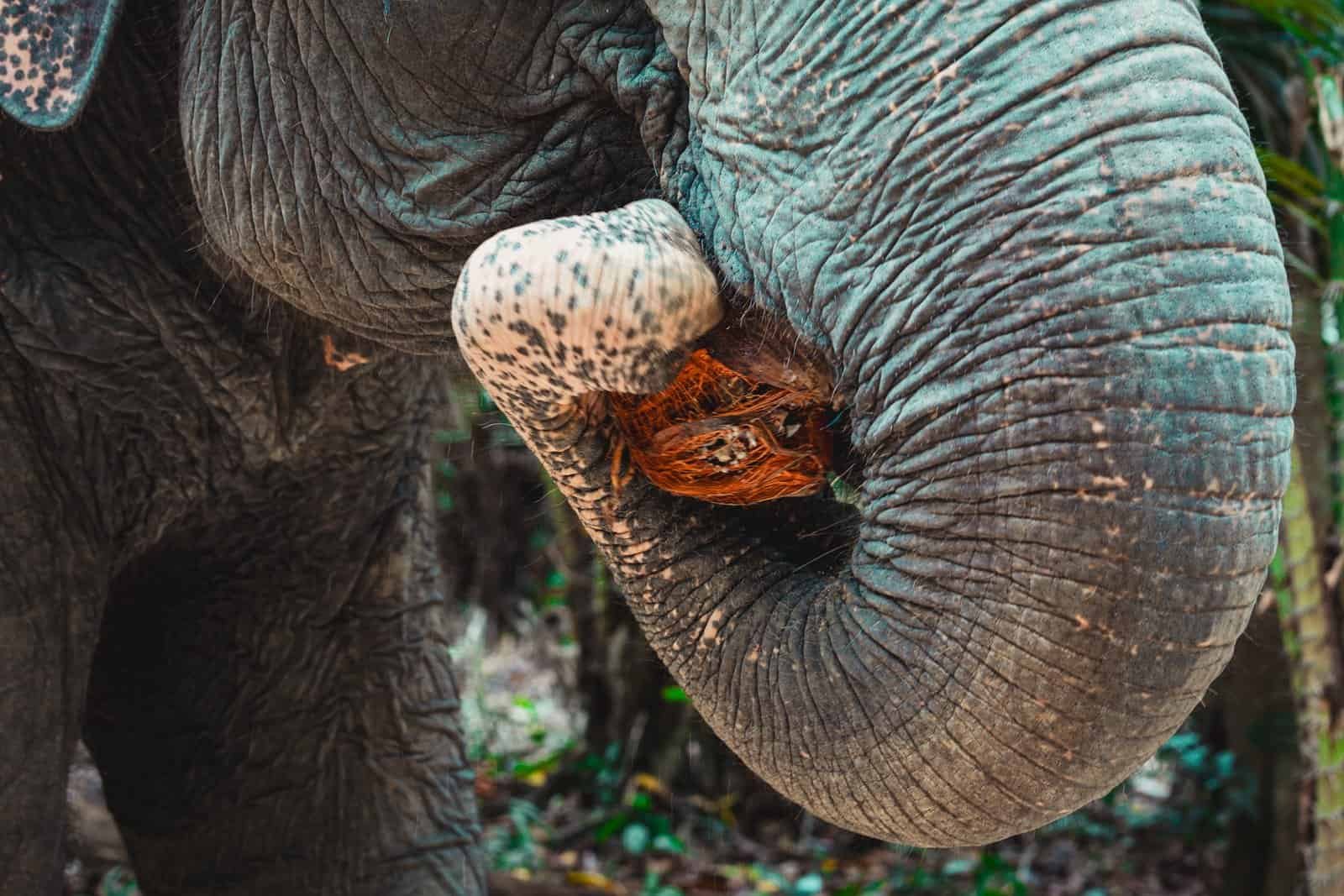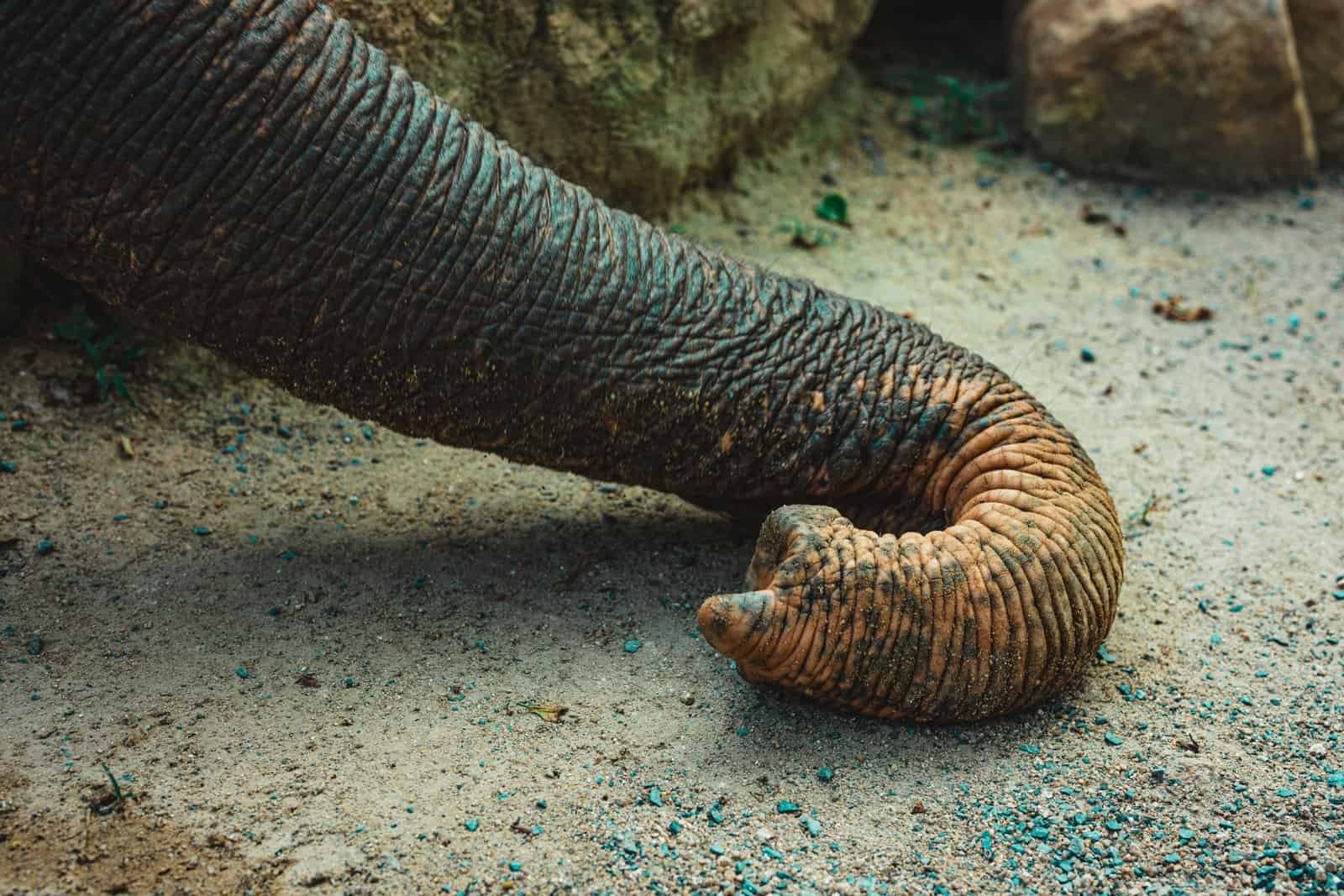
Elephant Trunks are one of the most remarkable features of these awesome animals. This long, flexible appendage is not just a nose; it is a multi-purpose tool that plays a crucial role in an elephant’s daily life. In this blog post, we will explore the anatomy, uses, evolution, and conservation of elephant trunks, as well as some interesting behaviors associated with them. Let’s dive into the world of elephant trunks and discover why they are so special.
Anatomy of an Elephant’s Trunk
An elephant’s trunk is a combination of its upper lip and nose, and it is incredibly strong and flexible. The trunk is made up of over 40,000 muscles, compared to the human body, which has about 600 muscles in total. These muscles allow the trunk to perform a wide range of movements, from lifting heavy objects to picking up tiny items. The trunk is also very sensitive, with a high number of nerve endings that give it a keen sense of touch.
The trunk has two finger-like projections at the tip, which elephants use to grasp objects. African elephants have two “fingers,” while Asian elephants have one. These projections are so dexterous that elephants can use them to pick up a single blade of grass. The trunk also contains a series of airways that allow the elephant to breathe, smell, and make sounds.

Uses of the Trunk
The trunk is an incredibly versatile tool that elephants use for a variety of purposes. Here are some of the main uses of an elephant’s trunk:
- Feeding: Elephants use their trunks to gather food and bring it to their mouths. They can pluck leaves from trees, pull up grass, and even dig for roots. The trunk’s flexibility allows elephants to reach high branches and low shrubs.
- Drinking: Elephants use their trunks to suck up water and then spray it into their mouths. An adult elephant can hold up to 2 gallons of water in its trunk at a time.
- Smelling: The trunk is an important sensory organ. Elephants have a highly developed sense of smell, which they use to detect food, water, and other elephants. They can even smell water from several miles away.
- Touching: Elephants use their trunks to touch and feel objects, other elephants, and their environment. This helps them explore and understand their surroundings.
- Communication: Elephants use their trunks to make sounds, such as trumpeting, which can be heard over long distances. They also use their trunks to touch and caress each other, which is an important part of their social behavior.
- Defense and Protection: Elephants can use their trunks to defend themselves from predators or threats. They can also use their trunks to protect their young by gently guiding them or lifting them out of danger.

Evolution of the Trunk
The evolution of the elephant’s trunk is a fascinating story. Scientists believe that the trunk evolved from the elongated upper lip and nose of ancient elephant ancestors. Over millions of years, the trunk became longer and more flexible, allowing elephants to adapt to their environment and find food more efficiently.
Fossil evidence shows that early elephant ancestors, such as the Moeritherium, had shorter, less flexible trunks. As these ancestors evolved and adapted to different habitats, their trunks became more specialized. The development of the trunk allowed elephants to access a wider range of food sources and survive in diverse environments, from dense forests to open savannas.

Behaviors Associated with the Trunk
Elephants exhibit a variety of behaviors that involve their trunks. Here are some interesting behaviors:
- Greeting: Elephants often greet each other by entwining their trunks. This behavior is similar to a handshake and helps strengthen social bonds.
- Play: Young elephants use their trunks to play with each other and explore their environment. They might wrestle, splash water, or toss objects.
- Comforting: Elephants use their trunks to comfort distressed or injured members of their herd. They might gently touch or caress the other elephant to provide reassurance.
- Dust Bathing: Elephants use their trunks to throw dust or mud onto their bodies. This behavior helps protect their skin from the sun and insects.
- Foraging: Elephants use their trunks to forage for food, breaking branches, stripping bark, and digging for roots. This behavior is essential for their survival and helps maintain the health of their habitat.

Conservation of Elephants and Their Trunks
Elephants are facing numerous threats, including habitat loss, poaching, and human-wildlife conflict. Protecting elephants and their habitats is crucial for their survival. Conservation efforts focus on creating protected areas, reducing human-elephant conflict, and combating illegal poaching.
Organizations like the World Wildlife Fund (WWF) and the International Union for Conservation of Nature (IUCN) are working to protect elephants and their habitats. Community-based conservation programs involve local people in protecting elephants and their environments. By working together, we can help ensure that elephants and their remarkable trunks continue to thrive.
Conclusion
The elephant’s trunk is a remarkable and versatile organ that plays a crucial role in their daily lives. From feeding and drinking to communication and defense, the trunk is essential for an elephant’s survival. Understanding the anatomy, uses, evolution, and conservation of elephant trunks helps us appreciate these incredible animals even more. By protecting elephants and their habitats, we can ensure that future generations will continue to marvel at the wonders of the elephant’s trunk.


I enjoyed reading this very interesting explanation of elephant trunks.
Thank you so much.